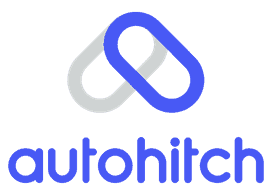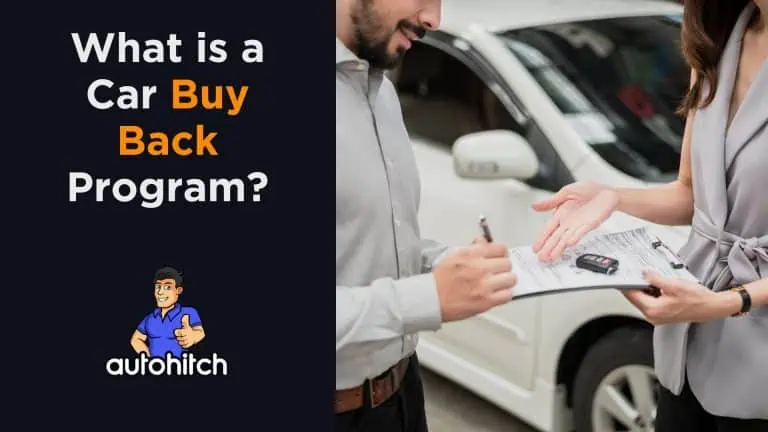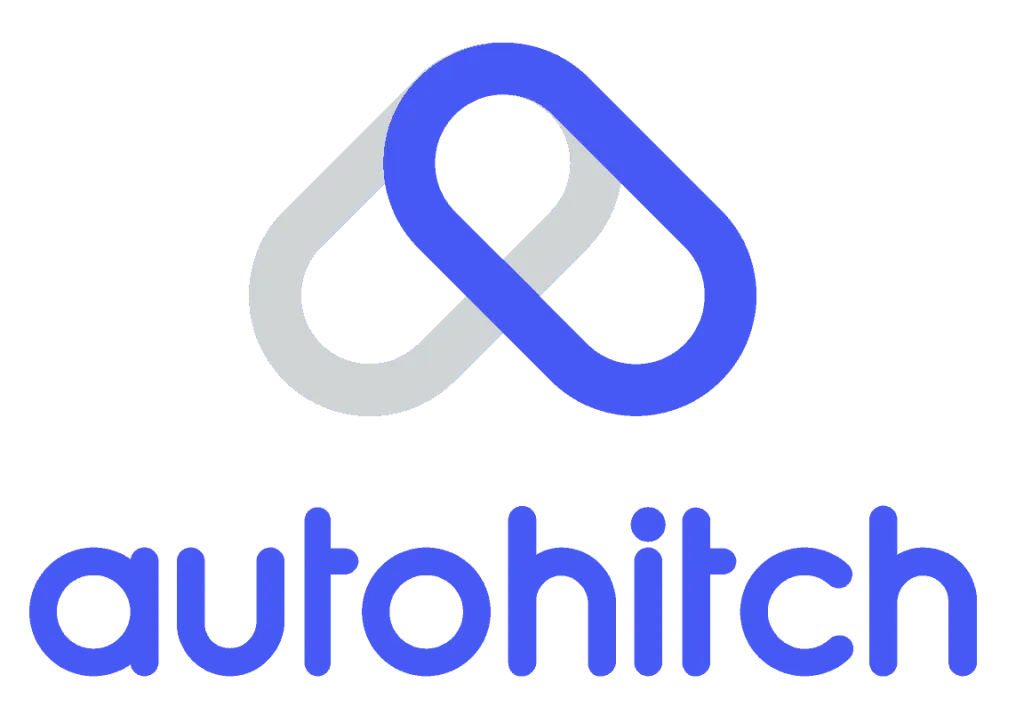What is a Car Buy Back Program?
A dealer buyback program is essentially an arrangement where a dealership offers to buy back a vehicle from a customer within a specified timeframe, typically providing a full refund or a high percentage of the original purchase price.
But why would a dealership want to buy back your car, and how do these programs work?
Let me explain below…
| Article Key Points | Description |
|---|---|
| Definition of Buyback Programs | Dealership buyback programs allow car owners to return their vehicles within a specific timeframe for a refund or trade-in. |
| Reasons for Buybacks | Dealerships buy back cars to alleviate buyer’s remorse, maintain customer relationships, address defects or issues, and manage inventory. |
| How Buyback Programs Work | Buyback programs involve eligibility criteria, vehicle inspection and evaluation, buyback value calculation, and paperwork finalization. |
| Getting the Best Deal | To get the best deal, research market values, negotiate, consider alternative options, understand the terms, and maintain the vehicle’s condition. |
| Pros and Cons | Pros include alleviating buyer’s remorse, maintaining customer relationships, and avoiding immediate depreciation. Cons include manufacturer tactics, negative equity, limited eligibility, and resale value impact. |
Why Dealerships Want to Buy Back Cars
There are several reasons why a dealership might want to buy back your car:
1. Alleviate buyer’s remorse
A vehicle is a significant purchase, and some buyers may experience regret after making the decision. Buyback programs allow customers to return the car if they change their minds, fostering goodwill and customer loyalty.
2. Maintain customer relationships
Manufacturers and dealerships value their relationships with customers. Offering a buyback program can help retain satisfied customers who may want to upgrade to a newer model or a different vehicle that better suits their needs.
3. Address defects or issues
In some cases, a buyback program may be initiated to address manufacturing defects or issues with a particular model. By repurchasing the vehicles, the manufacturer can investigate and resolve the problem more effectively.
4. Inventory management
Dealerships may use buyback programs to acquire used vehicles for their pre-owned inventory. This can be especially beneficial when there is a shortage of used cars in the market.
Related Articles:
How Dealership Buyback Programs Work
While the specifics may vary between manufacturers and dealerships, most buyback programs follow a similar process:
Eligibility
Typically, there is a time limit during which the buyback offer is valid, such as the first 30, 60, or 90 days of ownership. The vehicle must also meet certain criteria, such as being in good condition and having low mileage.
Inspection and evaluation
If you decide to take advantage of the buyback program, the dealership will inspect your vehicle and evaluate its condition. This evaluation will determine the buyback value or the amount you will receive as a refund or trade-in credit.
Buyback value calculation
The buyback value is usually based on factors like the vehicle’s age, mileage, condition, and market value. In some cases, the dealership may offer the full purchase price as a refund, while in others, they may deduct a usage fee or depreciation cost.
Paperwork and finalization
If you accept the buyback offer, you’ll need to complete the necessary paperwork and transfer ownership of the vehicle back to the dealership. The dealership will then provide you with a refund or trade-in credit, depending on the program’s terms.
Getting the Best Deal on a Dealership Buyback
Research market values
Before accepting the buyback offer, research the market value of your vehicle using resources like Kelley Blue Book or Edmunds. This will give you a benchmark to compare the dealership’s offer against.
Negotiate
Don’t be afraid to negotiate the buyback value if you believe the dealership’s offer is too low. Present your research and make a case for a higher value.
Consider alternative options
Explore other options, such as selling the vehicle privately or trading it in at a different dealership. This will give you a better understanding of the potential value you could receive.
Understand the terms
Carefully review the buyback program’s terms and conditions, including any fees, usage charges, or restrictions that may apply.
Maintain the vehicle’s condition
Keep your vehicle in excellent condition to maximize its buyback value. Regular maintenance and cleanliness can go a long way in preserving the car’s worth.
Pros of Dealer Buyback Programs
| Pros of Dealer Buyback Programs | Description |
|---|---|
| Alleviate Buyer’s Remorse | Allows customers to return the vehicle within a specific timeframe (e.g. 30, 60, or 90 days) if they change their mind about the purchase or experience regret. Provides peace of mind and convenience for the buyer. |
| Maintain Customer Relationships | Helps manufacturers and dealerships retain satisfied customers who may want to upgrade to a newer model or different vehicle. Shows goodwill and appreciation to customers, fostering loyalty. |
| Address Defects or Issues | Enables manufacturers to repurchase vehicles with manufacturing defects or unresolved issues for further investigation and correction. Protects the manufacturer’s reputation by addressing problems promptly. |
| Inventory Management | Dealerships can acquire used vehicles through buyback programs to replenish their pre-owned inventory. Beneficial when there is a shortage of used cars in the market. |
| Avoid Immediate Depreciation | Buyback programs typically offer a full refund or high trade-in value within the allotted period, helping customers avoid the significant depreciation that occurs immediately after purchasing a new vehicle. |
| Convenience of Selling | Eliminates the hassle of selling the vehicle privately, such as advertising, meeting potential buyers, and negotiating prices. Provides a straightforward process with predetermined values based on criteria like mileage and condition. |
| Warranty Coverage | Repurchased vehicles are often sold with the remaining balance of the original manufacturer’s warranty. Some programs also offer additional warranty coverage on the repaired system or part. |
Cons of Dealer Buyback Programs
Manufacturer Tactics
Manufacturers may use tactics like release forms or arbitration to suppress customers’ rights and offer lower buyback values.
Negative Equity
If the customer has an outstanding loan on the traded-in vehicle, the remaining balance may still be owed after the buyback.
Limited Eligibility
Lemon laws and buyback programs may have mileage limits or other restrictions, disqualifying some vehicles.
Resale Value Impact
While buybacks offer cost savings upfront, the resale value of the repurchased vehicle may be lower due to its branded history.




